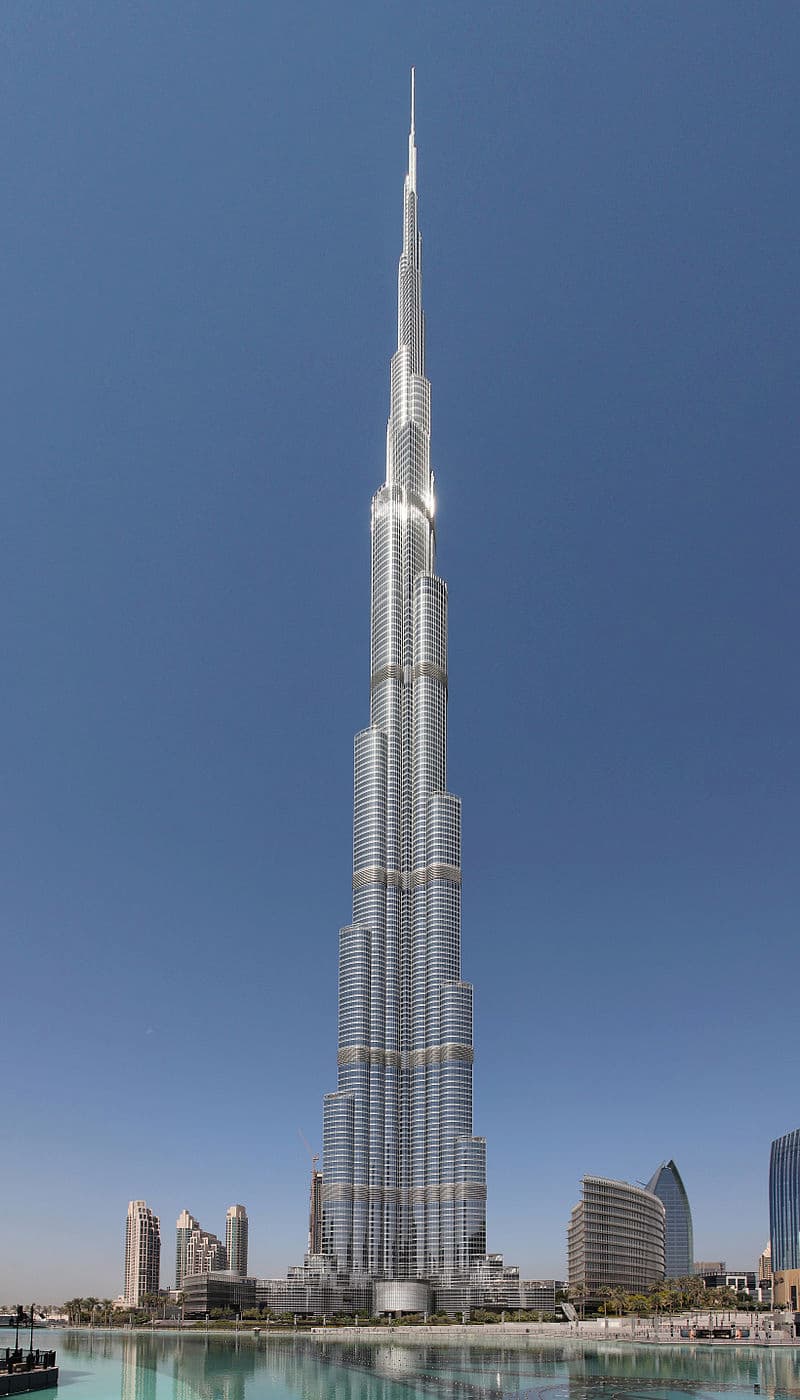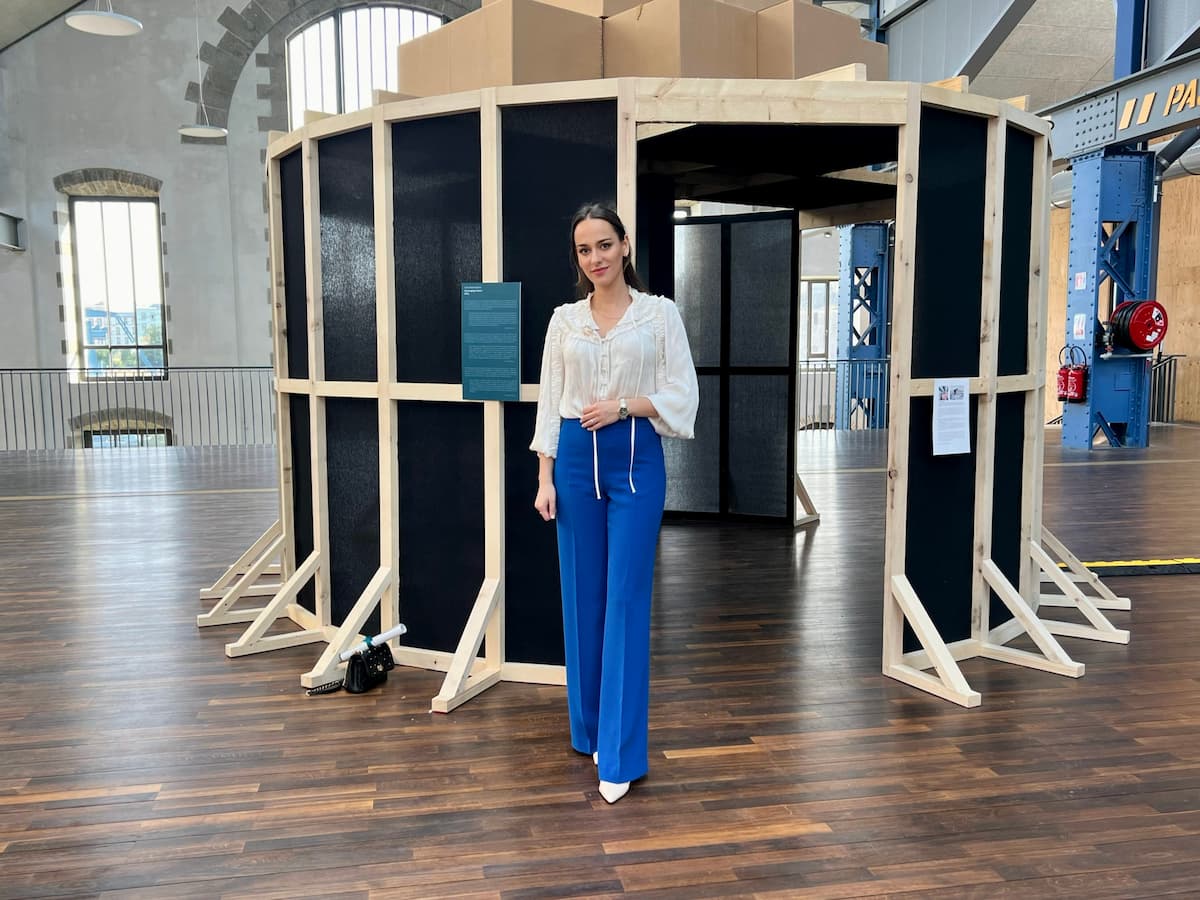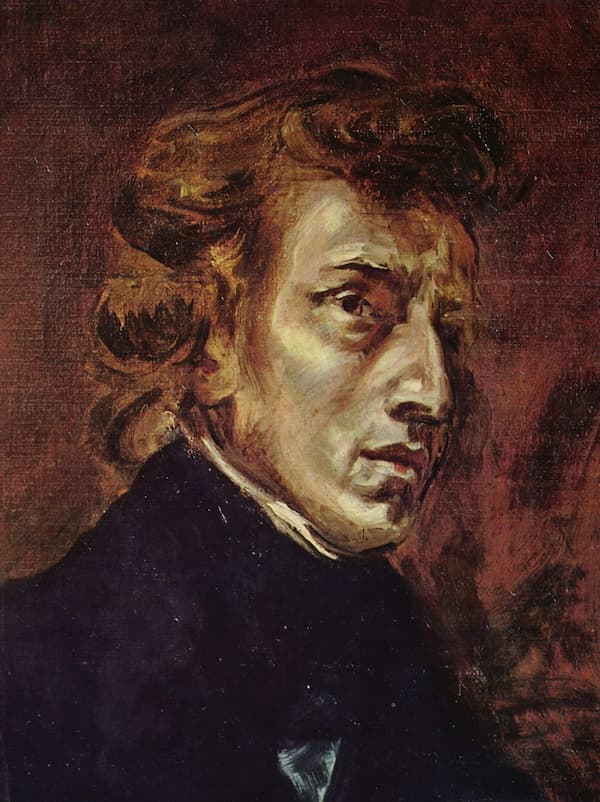The recording Urknall (Big Bang) by the Tyrolean Chamber Orchestra InnStrumenti ensemble is an interesting project which creates an anniversary project and also makes a commentary on the world.
The recording celebrates the 20th anniversary of the ensemble. In a note by the conductor, he says ‘20 composers were invited to write new orchestral works with a specific thematic connection to one of the past 20 years. Each of the composers chose one of the years and a topic of supra-regional relevance and passed on the last bar of her/his approximately three-minute composition, resulting in a cohesive work of 20 pieces’. The topics, starting in 1997, include monetary, meteorological, and avian and personal anniversaries, such as:
• 2002 The Introduction of the Euro in 12 countries (Manuela Kerer’s Exchange? YAP!)
• 2003 A year with many severe hurricanes (Hubert Stupner’s ISABEL, die Windsbraut)
• 2005 A Celebration of the Bird of the Year (Helga Plankensteiner’s BUBO BUBO)
• 2012 John’s Cage’s 100th birthday (Gunter Schneider’s as Jahr des 100. Geburtstags von John Cage)
Through to
• 2017 The 500th Anniversary of the composer Heinrich Isaac’s death (Michael F.P. Huber’s Henricus Ysaac)
It’s an interesting project, but it was Ivana Radovanovic’s homage to the world’s tallest building of 2010 that caught our ear with its delicate and ever-upward motion.
At 828 metres (2,717 ft) tall, the Burj Kjalifa in Dubai has been the world’s tallest building since 2010, more than 150 meters taller than its nearest rival. Just over a half-mile tall, the tower offers mixed residential and hotel space, with a mall at its foot. It has won numerous design awards and continues to be an important structure on the ever-growing Dubai skyline. The top of the spire is unoccupied and, at 244 m (807 ft), could be a skyscraper on its own.

Burj Kjalifa in Dubai (photo by Donaldytong)
As the building rises, there are 27 spiraling setbacks, designed to minimize the vibration from the wind and its eddies and vortices.
In the flat landscape of the United Arab Emirates and, in fact, for any tall building, the wind is an important natural phenomenon that has to be considered and compensated for. At the very top, the Burj Kjalifa can sway a total of 1.5 m (4.9 feet).
Serbian composer Ivana Radovanovic (b. 1994) took the tower and its wind as her inspiration for her orchestral work Burj Khalifa.

Ivana Radovanovic
She opens with the wind, played by the violins and the winds. The sound swirls, gets caught and whirls up. The oboe has a modal tune that summons up the ideas of the Middle East. Percussion and cellos start us up the building, with each new spiral growing the dynamics until we reach the top. The oboe melody returns as we climb every higher and then the final climax throws us up into the sky.
Ivana Radovanovic: Burj Khalifa (Günther Ploner, violin; Tiroler Kammerorchester InnStrumenti; Gerhard Sammer, cond.)
The abrupt ending of the work is not intentional – the entire recording, entitled Urknall, is supposed to be played without a stop.
The following work, Sog, by Hannes Kerschbaumer, is about the 11 March 2011 earthquake and tsunami in Japan. From the highest building in the world to one of the most dangerous natural phenomena is quite a leap!
Hannes Kerschbaumer: Sog (Günther Ploner, violin; Tiroler Kammerorchester InnStrumenti; Gerhard Sammer, cond.)
It’s rare that we see musicians making this kind of memorial of the recent past and this recording is an interesting contribution not only to modern composition but also the modern world, both of the natural and built environment.
For more of the best in classical music, sign up for our E-Newsletter



